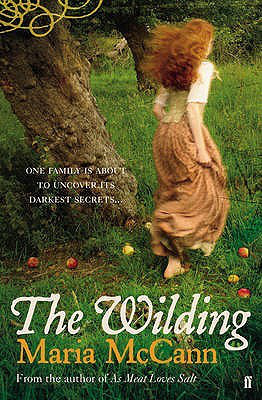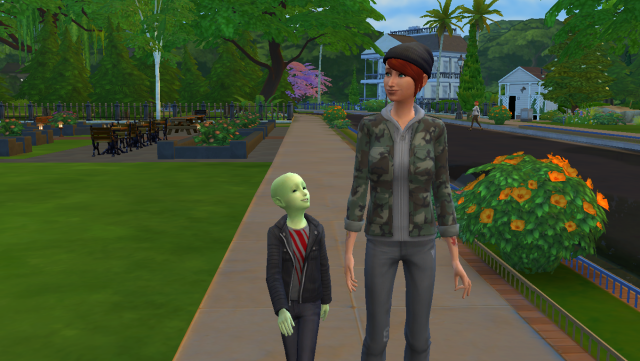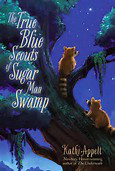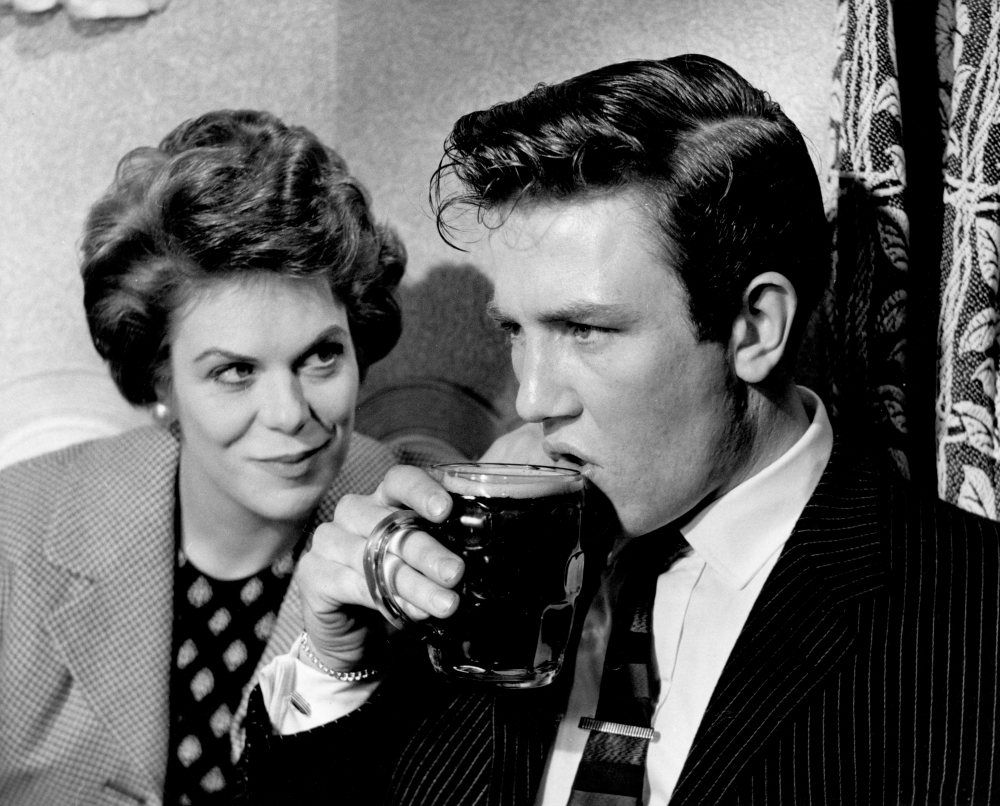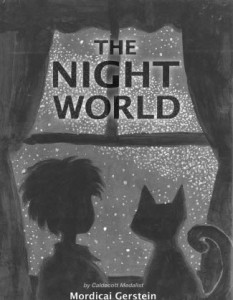 Imagine Blizzard’s development leads Mark Kern and Bill Roper, and Infocom interactive fiction legend (as confirmed by PC Gamer magazine) Steve Meretzky locked inside a conference room working 14 hour days, desperately trying to salvage the Warcraft franchise from what could be a huge misstep. Eighteen years, and one massively successful MMORPG later, it’s hard to imagine that Blizzard would ever find themselves in such a situation, but for two weeks in 1998, the fight to save Warcraft Adventures: The Lord of the Clans, the Warcraft franchise, and Blizzard itself, from the stain of mediocrity was real.
Imagine Blizzard’s development leads Mark Kern and Bill Roper, and Infocom interactive fiction legend (as confirmed by PC Gamer magazine) Steve Meretzky locked inside a conference room working 14 hour days, desperately trying to salvage the Warcraft franchise from what could be a huge misstep. Eighteen years, and one massively successful MMORPG later, it’s hard to imagine that Blizzard would ever find themselves in such a situation, but for two weeks in 1998, the fight to save Warcraft Adventures: The Lord of the Clans, the Warcraft franchise, and Blizzard itself, from the stain of mediocrity was real.
That they failed confirmed that all video game companies can make mistakes, and also forced Blizzard to redouble their efforts to only release games that they thought met the highest quality standards. In subsequent years Starcraft: Ghost and Titan, both far down the development road, joined a long list of Blizzard games that have been cancelled. On both occasion, Blizzard got so far and thought, “Nah. This isn’t going to work.” But neither of those titles got as far as Warcraft Adventures, which was reportedly 90% to 95% finished when it was cancelled days before E3 1998.
And now after 18 years, a fully playable version of the game, complete with cutcenes, has been leaked to the internet, four years after clips of its opening scenes first appeared on YouTube. It’s a flash from the past, a glimpse into a time before World of Warcraft reshaped Warcraft lore beyond its strategy game beginnings. First announced in 1997, Warcraft Adventures promised to be “the pivotal next chapter in the epic Warcraft saga”, allowing players a whistle-stop tour of Azeroth in their quest to guide Thrall to his ultimate destiny of leading the Horde.
The project was first mooted as an attempt by Blizzard to create a point-and-click adventure game. .“A large group of us really loved adventure games, and had a desire to do an adventure game,” Bill Roper reminisced years after the cancelation. Capitalising on the popularity of the Warcraft strategy games, Roper, Kern and the rest of Blizzard hoped to create a game in the style of Lucasarts classics like The Secret of Monkey Island and Sam & Max: Hit the Road, and most closely, the recently released Full Throttle, from which the attitude and grit of Lord of the Clans is ultimately derived from.
Lacking experience in developing within the adventure genre or producing 2D animation, Blizzard struck up a deal with Animation Magic, a company based in Gaithersburg, Maryland with a subsidiary in St. Petersburg Russia. The two had been introduced by Davison and Associates, the parent company of Blizzard, and the staff were immediately drawn to the company’s TV animation work, which reminded them of adventure games they had enjoyed played.
It was decided that Animation Magic would create the artwork and 2D animation sequences for the cutscenes, and code the engine, while Blizzard would handle the story, the designs, and the sound recording. Blizzard presented Animation Magic with a world sheet, which included descriptions and sketches of the characters, and were given the responsibility with implementing it. Animation Magic then passed the animation work onto its Russian subsidiary.
Not always known for producing work of top quality, Animation Magic, who had created the animation for the Zelda games on the Phillips CD-I and Sierra Online’s Kings Quest VII, delivered a huge body of high quality backgrounds and animation. Each frame was drawn on a piece of paper, with the previous frame underneath. This was then scanned to a program which saved the entire animation to a single file. Each frame was then coloured according to a “frame zero” with each short character animation requiring from 30 to 90 frames.
In spite of this, things started to go wrong. Communication problems between Blizzard and the Russian animators became a big problem. By the time that Steve Meretzky was brought into the project, Blizzard had realised that there was just something off about the game. Not only had the inexperienced development team offered up a product that was poorly programmed, it was obvious that aspects had to be redesigned. Steve Meretzky worked on the entire plot, including all the quests, to work out a better way of tying things together, coming up with a new series of puzzles that would fit better into the story. These wholesale alterations to the game meant that, having already missed its 1997 deadline, Lord of the Clans wouldn’t make it for 1998 either.
The release of The Curse of Monkey Island – which sported superior 2D graphics – and the announcement of Grim Fandango – which would be designed in 3D – proved a step too far. On May 22, 1998, Blizzard announced that it would be for the best to scrap the game. Bill Roper stated his feeling that “what people expected from an adventure game, and very honestly what we expected from an adventure game, changed over the course of the project. And when we got to the point where we cancelled it, it was just because we looked at where we were and said, you know, this would have been great three years ago.”
Fans immediately took to the internet to create a petition to reinstate development of the game, but announced that there would be no change in decision. Each of the development leaders decided that the cancellation was the right choice from a quality point of view, and reassured gamers that it did not “signal the demise of Azeroth.” Feeling that the story was still worth telling, Blizzard hired Christie Golden to write a novelisation, released as Warcraft: Lord of the Clans by Pocket Books, which is considered canonical. Years later, in World of Warcraft, players were given the opportunity to participate in Thrall’s escape from Durnholde Keep.
Playing through the game now, one notices just how different the world of Azeroth was interpreted in its early days, and just how much effort went in to creating the Warcraft lore. The biggest discord is the character of Deathwing. In World of Warcraft, he is the all-consuming destroyer of worlds who can only be defeated after a half an hour battle involving a concerted effort by 25 people. In Warcraft Adventures, he is found smoking a hookah, and is defeated by Thrall, who hides himself in cow and is swallowed by the dragon, navigates around his insides wearing a jetpack, and pinches closed his nose holes. Come on!
The leak probably finally vindicates the decision by Blizzard to cancel the game. The game as it is has promised, and would have been the perfect title if it had been released in 1994-5. The voice acting, including Clancy Brown (The Kurgan in Highlander) and Peter Cullen (the voice of Optimus Prime from Transformers) is brilliant, and who knows what the Steve Meretzky version might have looked like if it had been implemented. But as it is, at least fans can experience Lord of the Clans for themselves and make up their own minds.
Advertisements Share this:
